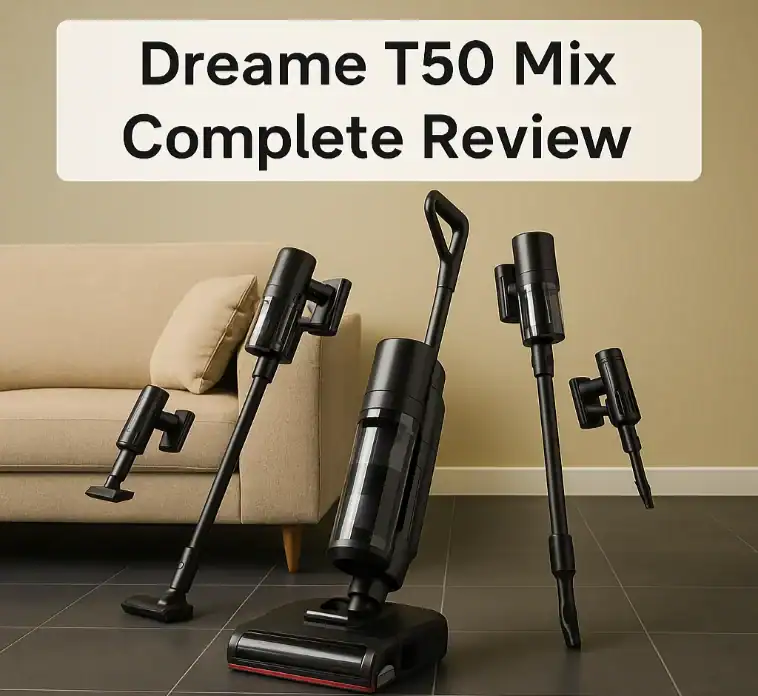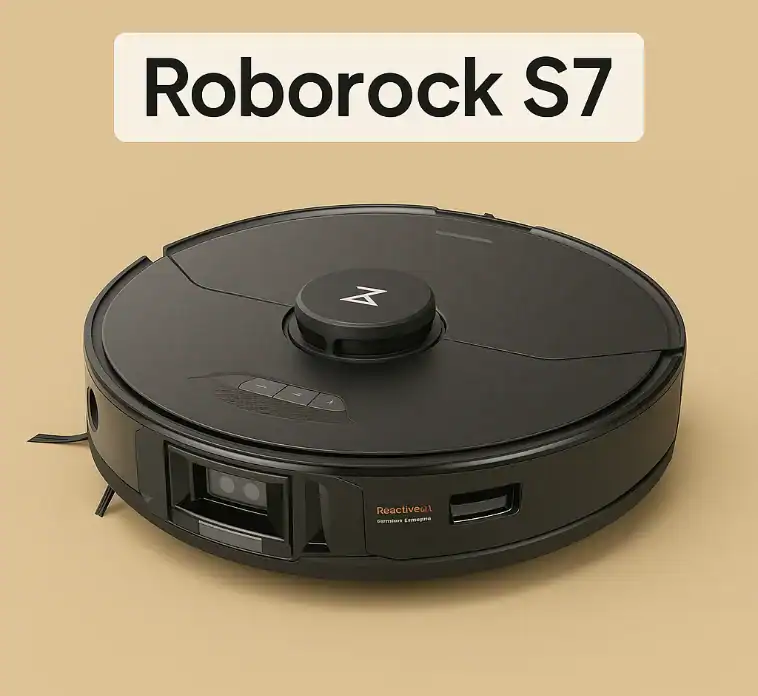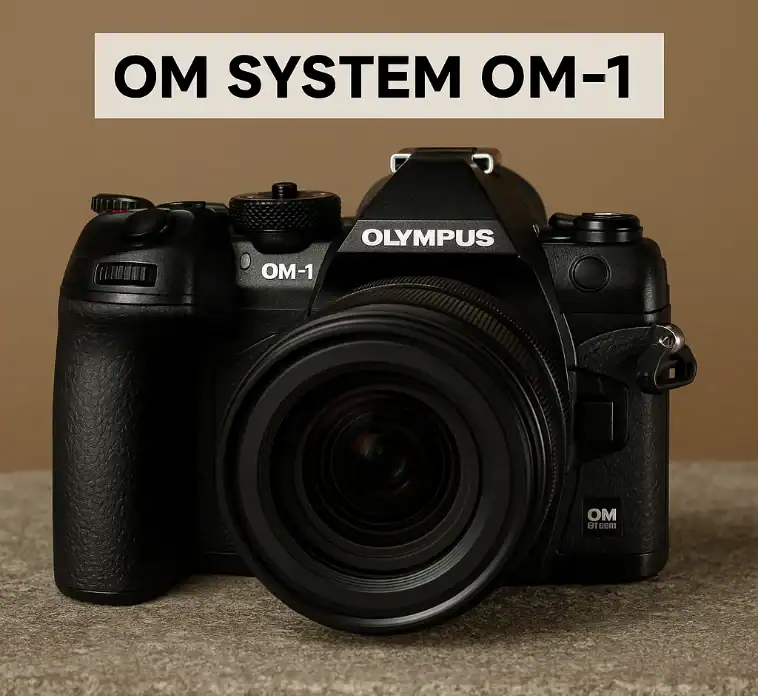From simmering a thick tomato sauce to precisely setting a delicate custard, the saucepan is the unsung workhorse of the kitchen. It’s a tool that we grab nearly every day but treat like the neglected stepchild of our cookware. Are all saucepans created equal? Furthermore, does the pan you have meet your cooking needs, or is it secretly ruining your life? Consider this your all-inclusive guide that will clear up any confusion you ever had about that essential kitchen tool. We’ll take you through everything you need to know to pick the right saucepan for your budget and your needs, and then teach you the techniques you’ll need to make the most of it, every time, getting beautifully executed results.
What is a saucepan, exactly?
It has important parts that help you tell a saucepan apart from other pots.
- This design keeps liquids from boiling over by having high, straight sides.
- A Long Handle: The handle makes it easy to hold and move the pan without getting hurt.
- A Smaller Surface Area: The base is smaller than the height. This is a great way to heat liquids.
- A lid: Most saucepans have a lid. The lid keeps the heat and moisture inside.
You use a saucepan mostly to cook things that have liquid in them. Think of soups, sauces, grains, and vegetables that have been boiled.
How are a pan and a saucepan different from each other?
“Pan” is a broad term. It could be used for frying, for use as a saucepan, or roasting. A saucepan is a kind of pan. The sides are tall, and the handle is long. People often use a frying pan when they say “pan.” It has low, sloped sides.
Is a frying pan the same as a saucepan?
No, a frying pan is not like a saucepan. They do different things for work. Frying Pan (or Skillet): The sides of a frying pan are low and slanted. The saucepan has tall sides. This is for boiling and simmering liquids.
What makes a chef’s pan different from a saucepan?
A chef’s pan is a mix of two things. It has some features of both a frying pan and a saucepan. Like a frying pan, it has a wide base. But the sides are taller and rounder than those of a frying pan. This makes it very useful for stirring and tossing food.
What sets a stockpot different from a saucepan?
It is a bigger version of a saucepan.
Size: Stockpots are a lot bigger and deeper. They are for making a lot of soup, stock, or boiling pasta for a lot of people. A stockpot usually has two smaller handles on the sides. A saucepan has one long handle.
How to Pick the Best Set of Pans
It also gives your kitchen a new look.
1. Look at the pieces in the set
Think about what you make. A good set should have three to five strong pans. You also need a big frying pan. It works great for everyday meals.
2. Pick the Right Material
The kind of material your pan is made of is very important.
- Saucepan Ceramic: A ceramic option for a saucepan is a non-stick type. People often think of it as a healthier option than regular non-stick coatings.
- Cast Iron: Cast iron keeps heat very well. It’s great for browning meat. You have to take care of it in a special way to keep it seasoned.
3. Find a Good Warranty
Warranties are offered by well-known brands. Some even come with lifetime warranties. This makes you feel better.
Necessary Kitchen Tools for Your Saucepan
Your saucepan works best when it has some friends. These tools help you keep track of your food.
The Ladle: A Spoon for Soup and Sauce
A ladle is a big, deep spoon. The handle is long. It’s also great for serving stews or sauces.
The Colander: For Rinsing and Draining
A colander is a bowl with holes and is used to get rid of water from food.
Colander and Strainer: A colander is for big jobs like washing vegetables. A strainer is usually smaller and has a mesh screen. When people want a lot of choices, they sometimes look for “colander.”
Getting Cookware from All Over the World
You can find cookware from all over the world.
Frequently Asked Questions
What does a saucepan look like?
What do you use a saucepan for the most?
Do I need a pot?
Is a frying pan the same as a saucepan?
Can a saucepan be used for frying?
Can you cook chicken in a pot?
What do people in the US call a pan?
What can't you put in a pan?
What do you call a double saucepan?
How to Take Care of Your Cookware: Keep Your Pans for a Long Time
You found the best pants. Now, you have to take care of them. Taking care of your cookware will lasts for years. Love comes in different forms for different people.
How to Clean Your Best Stainless-Steel Saucepan
Stainless steel is strong. It can take a lot. But there are a few tricks that keep it looking new.
- Let it cool: Don’t put a hot pan in cold water. This can make things bend.
- This is just from the heat. You can wipe it away with some white vinegar or a special cleaner like Bar Keepers Friend.
- For food that has burned on, let a little water simmer in the pan for a few minutes. This will help get rid of the burnt parts. Then you can use a wooden spoon to scrape them off.
Cleaning and seasoning cast iron.
If you take care of it, it gets better with time.
- Seasoning is Important: Seasoning makes a surface that won’t stick to anything.
- Don’t use soap because it can remove the seasoning.
- Dry right away: If you leave cast iron wet, it will rust. Use a towel to dry it completely.
How to use your cookware for simmering to searing:
The Art of the Pan
You have great control over the heat with a good saucepan. When you reduce a sauce, don’t use high heat. A gentle simmer lets flavors get stronger without burning. This is the right depth for the saucepan. Quickly boil vegetables in your saucepan to blanch them.
How to Get the Perfect Searing in a Frying Pan
A lot of people want to buy a frying pan so they can get the perfect restaurant-style sear. This is how.
- Get It Hot: First, put your frying pan on medium-high heat.
- Dry off your food: A good sear needs dry food. Before putting the meat or fish in the pan, use a paper towel to dry it off.
The Colander Trick: More Than Just Draining
It’s normal to use a colander for pasta.
Is it a good idea to buy a full set of saucepans and buy one pan at a time?
Pros of buying a saucepan set:
It’s usually cheaper to buy a set. It’s a great and simple way to get going.
The bad thing about a saucepan set is that you might get pieces you don’t need.
A set can also be made of just one material, like non-stick.
The Pros of Individual Pieces:
You can pick the best pan for each job. You can get the best stainless-steel saucepan from one brand and your favorite non-stick frying pan from another. Over time, you add to your collection.
Individual Pieces – The Cons:
It can be more expensive.
What to Look for in a Saucepan of Any Price
Brand names don’t matter as much as quality.
Budget Plans:
Stay away from anything that feels weak. This helps the heat spread evenly.
Pans in the mid-range to premium range
Pans in the mid-range to premium range often have “clad” construction. This means that they have layers of metal, like stainless steel, around an aluminum core. This gives off great even heat from the bottom to the sides. This is an important part of the best stainless-steel saucepan. You set the rules in your kitchen

























